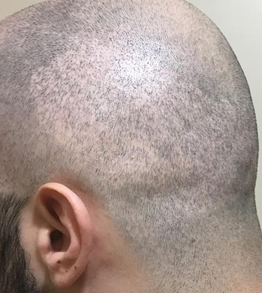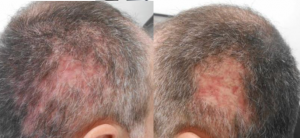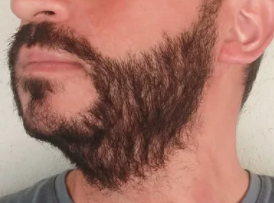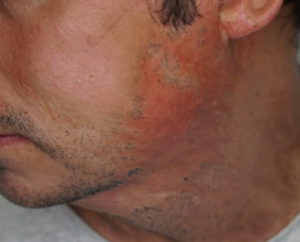Ellie Kincaid
In 2008, investigative journalist Katherine Eban started digging into the generic drug industry after hearing stories of patients whose generic drugs were not working properly for them. They had been stable on a branded drug, but then relapsed once switched to a generic version or experienced troubling side effects when switched between generics. She detailed her findings in a series of articles in the magazines Self and Fortune, and her new book, Bottle of Lies .

Katherine Eban. Robert Falck
The majority of generic drugs are manufactured overseas, and “the [US Food and Drug Administration] FDA was essentially regulating on an honor system,” Eban told Medscape Medical News. The agency would announce its inspections of overseas manufacturing plants weeks or months in advance, giving companies an opportunity to prepare to put on a good face and mislead inspectors with fabricated data.
In the course of Eban’s reporting, she obtained 20,000 internal FDA documents that “revealed that the FDA’s investigators have grave doubts about the quality of the drugs being manufactured at these plants,” she said. But FDA officials minimized the investigators’ findings.
Eban spoke with Medscape Medical News about the implications of her findings for clinicians. The following is a lightly edited account of the conversation.
William Rassman’s Comments: Many readers have told me that they felt that their Generic Finasteride was not as good as the Proscar when cut into quarters. Proscar is a drug manufactured by Merck and it is reasonably priced for hair use and if you have such a concern, then getting your doctor to prescribe Proscar is a reasonable way to address your concerns.
2019-06-10 06:43:512019-06-10 18:19:09‘Scary World’ of Generic Drug Manufacturing, Revealed (copied from Medscape)




